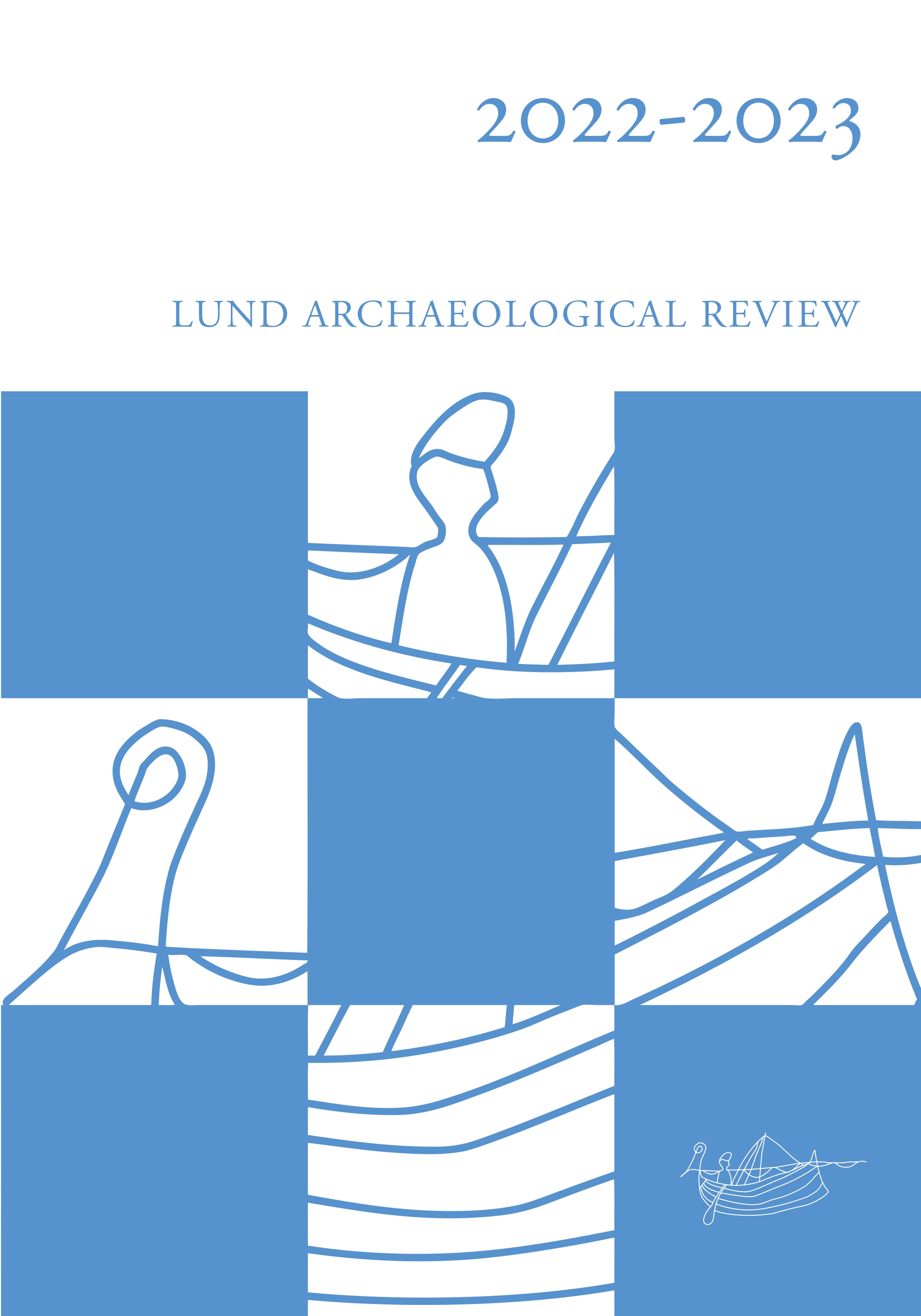The Source of the River
Mesolithic settlement and ritual in relation to a changing river landscape in Motala
Abstract
The large archaeological project in Motala have included paleoenvironmental studies of macrofossil, pollen and diatoms from radiocarbon dated lake and river sediments as well as from excavated sites. These investigations have revealed evidence of the Yoldia Sea regression, the Ancient Lake Vättern transgression, and the following stepwise river formation process, major natural phenomenon and changes that interacted with key stages of Mesolithic settlement, c. 9000–4000 BC.
During the Boreal, the first stage of River Motala Ström was formed, in 7200 BC, and the oldest burial was established at the Mesolithic cemetery at Strandvägen. Around 5800 BC, a second erosional event cut down the river-threshold to modern day level. At this time, the Late Mesolithic settlement in Motala was established, all starting with major ritual events at Kanaljorden and Strandvägen expressed by extensive depositions of artefacts and parts of humans and animals in water.
We argue that ritual depositions, in addition to appeasing the spirit world, also may have acted as boundary markers for hunter gatherers in the region, and thereby, as with graves, have become agents in territorial struggles. We also suggest the possibility that the people in Motala believed that the water environment of the newborn river was seen as alive, being sentient with a more-than-human personhood, to whom it was essential to have good relations with.


